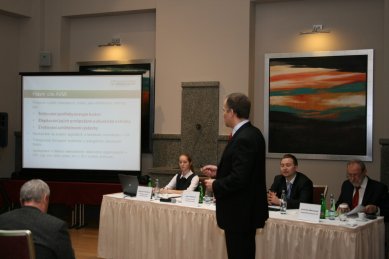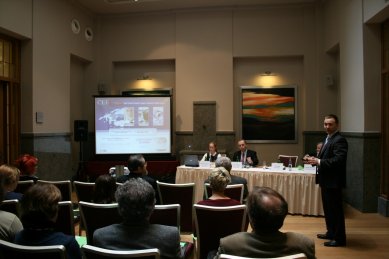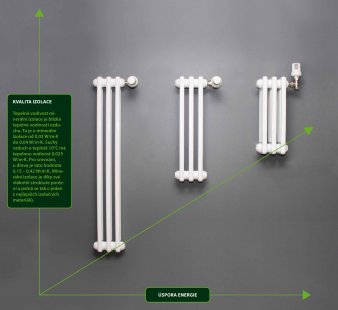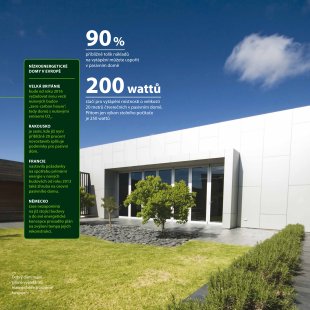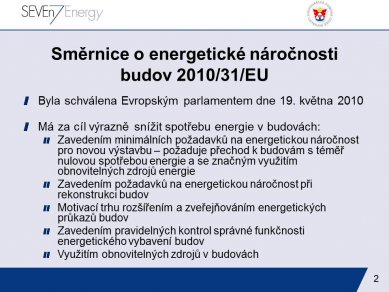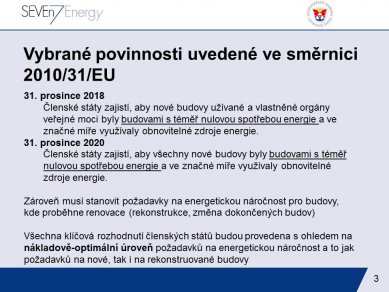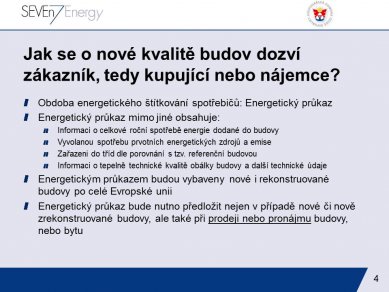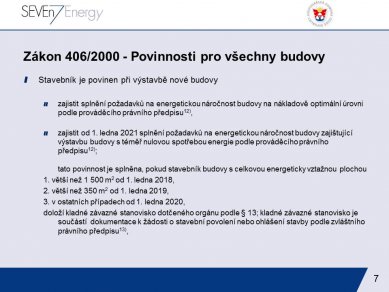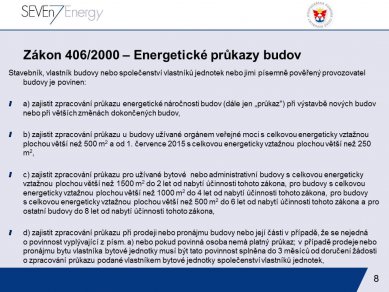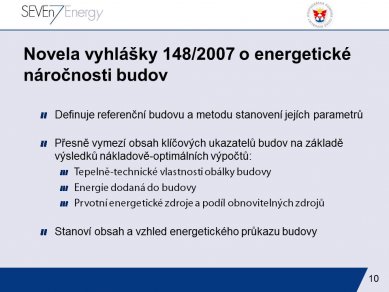Under the direction of the Association of Mineral Insulation Manufacturers, a seminar was held last week on the topic of the market's readiness for new requirements for zero buildings. How will the construction industry react, what support measures are expected, and in which direction will it move in the coming years? Familiar truths were reiterated regarding the benefits of insulation, that CO2 emissions in the production of insulation materials are indeed lower than those that would be released into the atmosphere without them, and that public awareness of low-energy buildings exists, but it is still necessary to continuously convince people.
Moreover, specific demands from investors and representatives of large construction companies were voiced, with opinions presented by the market research company in construction CEEC Research. From the many analyses presented during the presentation, only the most significant will be mentioned in the following text.
The trio of speakers was closed by Jaroslav Maroušek, a representative of the Czech Chamber of Commerce, who focused on legislative tools to achieve energy efficiency in buildings. The discussion covered not only the EU requirements but also specific decrees awaiting approval in the House of Representatives.
Moreover, specific demands from investors and representatives of large construction companies were voiced, with opinions presented by the market research company in construction CEEC Research. From the many analyses presented during the presentation, only the most significant will be mentioned in the following text.
The trio of speakers was closed by Jaroslav Maroušek, a representative of the Czech Chamber of Commerce, who focused on legislative tools to achieve energy efficiency in buildings. The discussion covered not only the EU requirements but also specific decrees awaiting approval in the House of Representatives.








